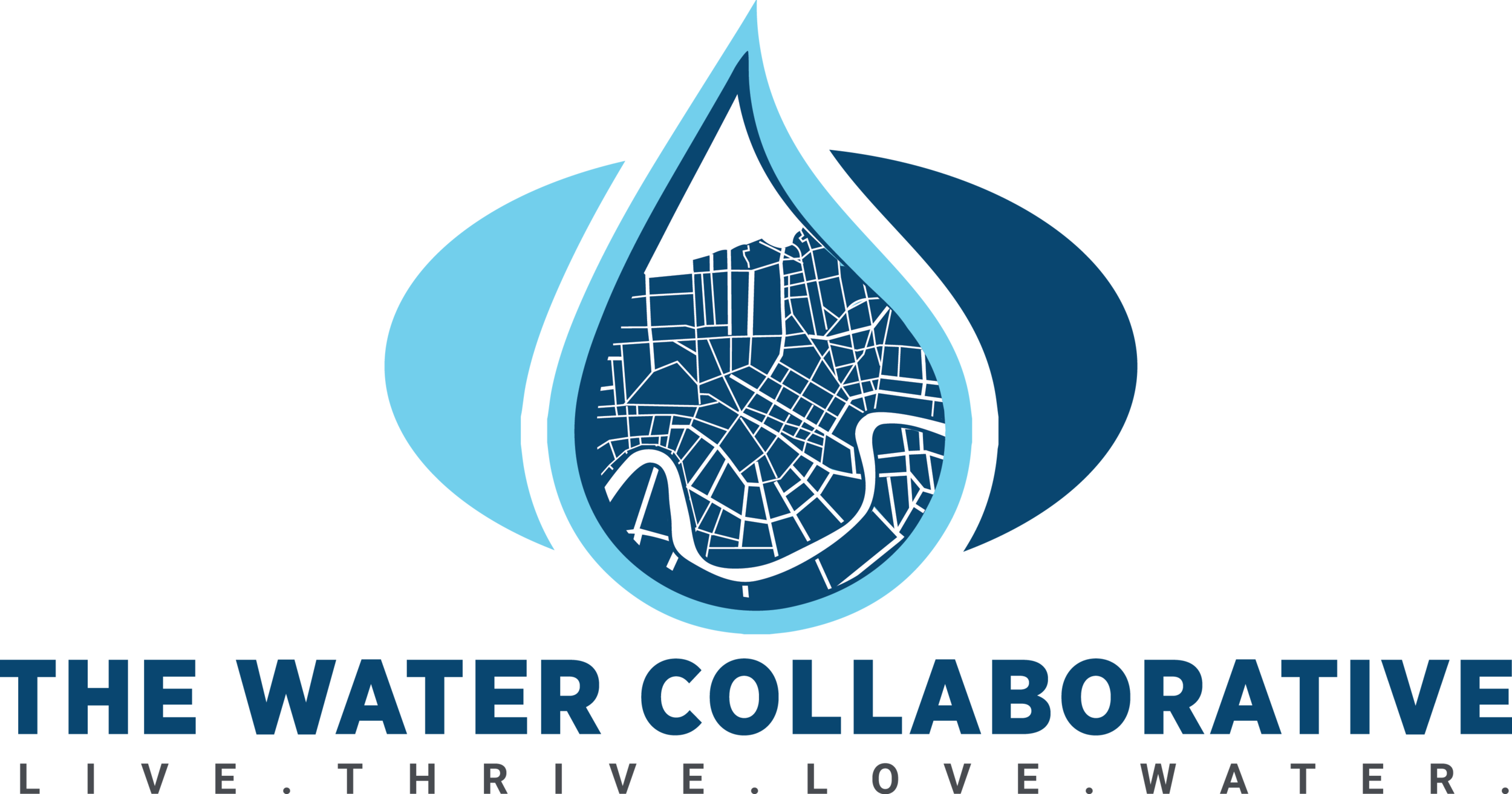Reshaping the Nation’s Water Systems: EPA Water System Restructuring Rule
By: Taya Fontenette, Policy and Research Coordinator
The United States hosts over 150,000 public water systems, with nearly 90% serving communities of fewer than 10,000 people and over half catering to populations of fewer than 500. These smaller utilities face inherent challenges due to their limited user base, dealing with issues such as inadequate funding and insufficient resources for extensive infrastructure upgrades. As a result, they are at a heightened risk of water quality violations. Recognizing this issue, Congress has empowered the Environmental Protection Agency (EPA) with new authority to restructure struggling water systems.
Under the 2018 America's Water Infrastructure Act (AWIA) amendments to the Safe Drinking Water Act of 1974 (SDWA), the EPA is now responsible for developing and enforcing the Water System Restructuring Assessment Rule, which gives states greater authority to facilitate consolidation.
Water System Restructuring Assessment Rule (WSRAR)
U.S. Environmental Protection Agency. Promoting Water System Compliance and Long-term Capacity via the Water System Restructuring Rule
The Water System Restructuring Assessment Rule aims to address compliance issues in public water systems (PWSs) that repeatedly violate the National Primary Drinking Water Regulations (NPDWRs) and demonstrate unwillingness or inability to comply. According to the EPA, approximately 740 public water systems are “persistently in violation” and are considered very likely candidates for restructuring assessments.
Restructuring encompasses the change or transfer of ownership, governance, or management of a water system. This involves actions such as establishing a physical connection with at least one other system, jointly managing the system with at least one other system, selling or transferring ownership to another system, or entering into a management contract with a third party. The process can take various forms, including shifts from public to private ownership (privatization), transitions from private to public ownership (municipalization), collaborations within the public sector (public-public partnerships), or changes in private ownership or management.
Primary enforcement authorities, also known as primacy agencies, are primarily state environmental agencies or tribal entities that have the power to oversee water systems and the authority to offer assistance to systems facing challenges. This assistance, known as enforcement relief, is granted through contracts to address issues outlined in a restructuring plan, providing relief for a period of up to two years. The rule will empower primacy agencies to mandate restructuring assessments, ensuring they are customized to the system’s size, type, and other characteristics as defined in the rule while also guaranteeing that the assessment process is not overly burdensome.
Key Elements
New Mandatory Assessment Authority: States or Native tribes with enforcement authority can mandate restructuring assessments for non-compliant PWSs, aiming to improve compliance.
Restructuring Incentives: The WSRAR provides three incentives for PWSs:
Assessed water systems become eligible for federal funding under the Drinking Water State Revolving Fund (DWSRF) program to implement restructuring activities identified in a mandatory assessment.
Public water systems with state-approved restructuring plans are eligible for statutory enforcement relief against violations identified in the approved plan for up to two years.
Compliant water systems partnering in a restructuring plan are not liable for violations at the assessed system with which they are restructuring if all restructuring activities under a state-approved plan are complete and additional eligibility requirements are met for up to two years.
New Primary Enforcement Authority Requirements: Primacy agencies must submit primacy revision applications outlining procedures and reporting on restructuring assessments. Furthermore, they are obligated to report annually to the EPA on mandatory assessments and restructuring plans.
Recommendations
Concerned organizations recommend that the EPA:
Engage Impacted Communities: Directly involve impacted communities in the decision-making process to address their specific needs and concerns, considering the potential systemic and historic injustices. Incorporate public comments meaningfully, with clearly defined processes for engagement and feedback.
Conduct a Comprehensive Assessments: Perform thorough and unbiased analyses, examining various alternatives, including consolidation and regionalization, while also considering equity, affordability, and regulatory factors. Assessments should review the governance structure, conduct a root cause analysis, and examine alternatives that do not involve privatization.
Promote Statewide or Regional Consolidation Strategies: Shifting toward proactive water management enables systems to identify strategic connection points, fostering cooperation among independent water systems.
Develop a System to Track Consolidations: Update the Safe Drinking Water Information System (SDWIS) to include information on ownership and operation of water systems, potential connections between systems, proximity to the nearest neighboring systems, and the source from which water systems can purchase water.
Conclusion
The EPA's Water System Restructuring Rule signifies a pivotal shift in how the challenges faced by struggling water utilities in the United States are addressed. This initiative, centered on enforcing change through assessments and incentives, holds the potential to bring about meaningful transformations in the management and governance of non-compliant water systems. As the EPA advances, it's imperative to underscore the significance of community engagement, fair assessments, and comprehensive system tracking to ensure the rule's success. Going beyond mere regulatory measures, the rule represents a step towards establishing a more robust and interdependent water management system. Through the implementation of the rule and its recommendations, the EPA stands poised to support the nation's struggling water systems, safeguard public control, and pave the way for a sustainable and resilient future.
Latest Updates
The proposal is expected to be released by early 2024, with a 60-day public comment period.
